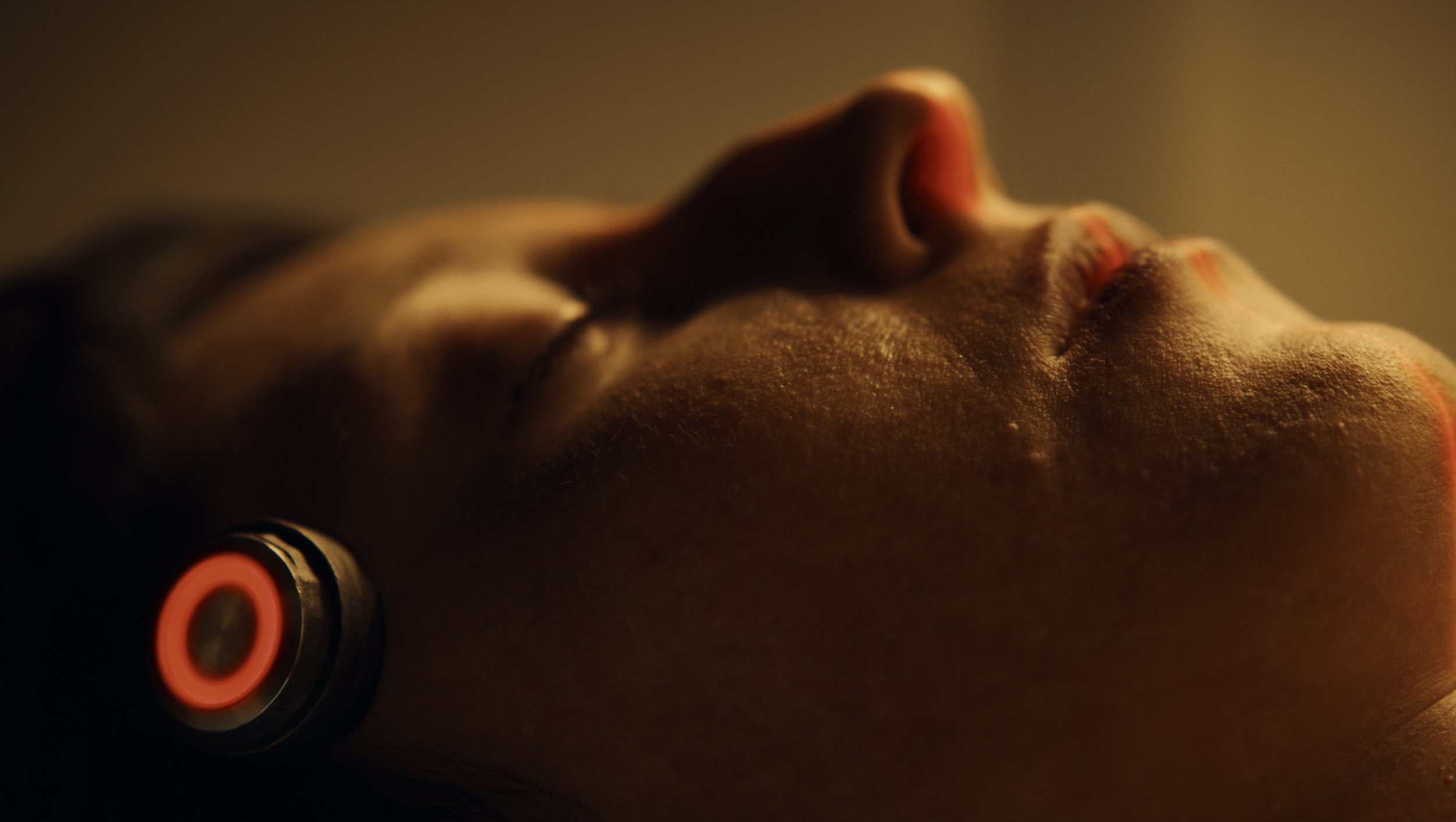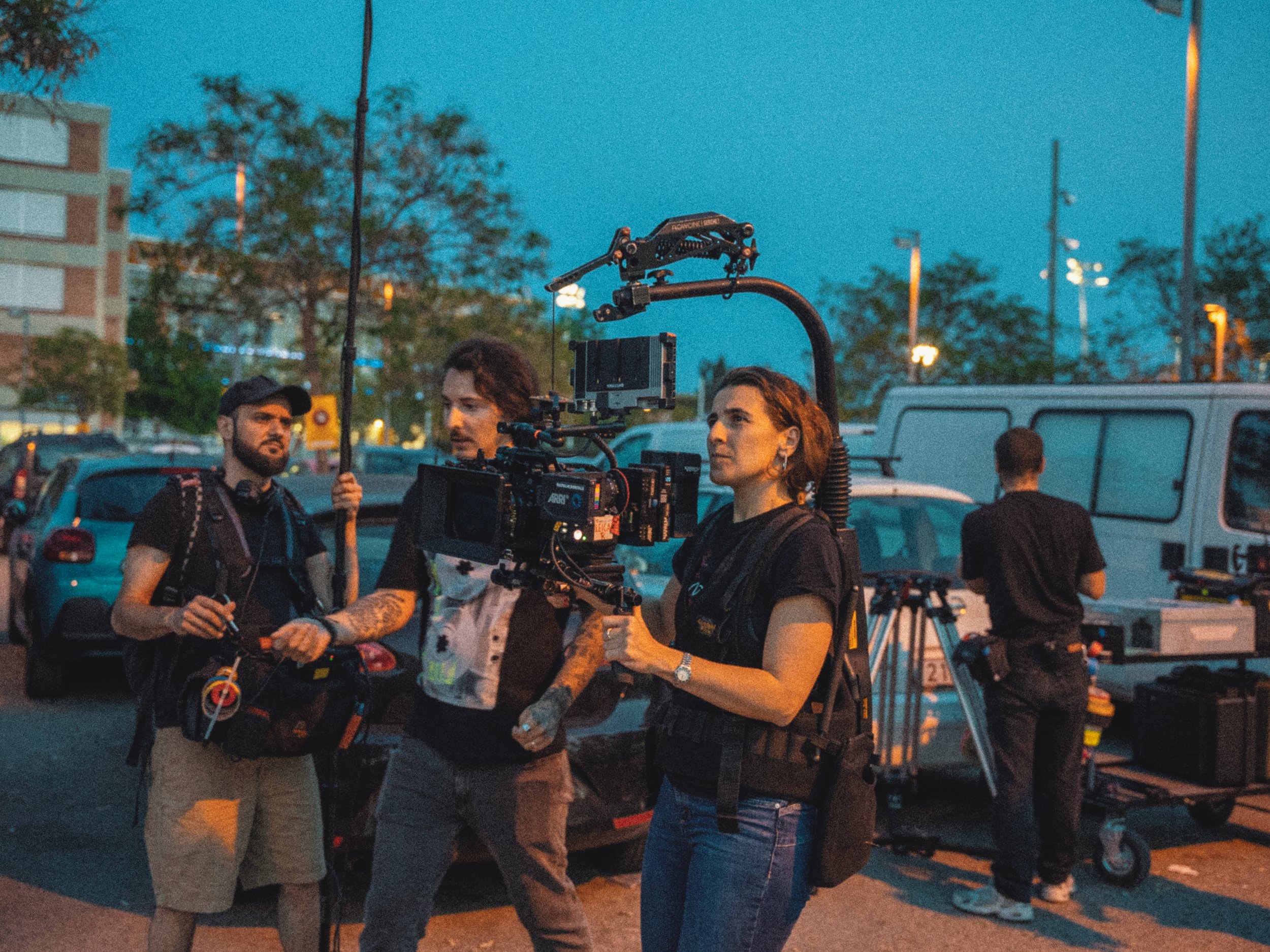Deep dive into the world of Alex Garcia Mallarini
Welcome Alex, we are very excited to have you today with us to discuss about your work.
Who is Alex Garcia Mallarini and how did the passion for filmmaking begin?
Tricky question, you see there’s many layers to it, but I guess I’d define myself as a rule breaker, visual storyteller, director, and seeker of the human experience. All these elements played a part in my filmmaking career. My journey into directing wasn’t conventional, I began my career in the advertising world as an art director. However, I often found myself frustrated by the lack of deep human storytelling, there was never an appetite to go deeper. I was good at concepting and working with directors to bring these ideas to life, but I always admired the point of view they could bring into the work. I wanted to be that, so I charted my own way seeking out stories that resonated on a profound level. It was a self-taught journey, but it was my own. I started screenwriting too, which I had never done, and all these experiences helped me grow, push myself and my work to where we are today. Winning Best Director here at AIMAFF, which was wonderful news.
Can you tell us about your previous work?
I’ve always found myself attracted to darker narratives and gritty visuals, but looking back, my first projects didn’t start that way. I was trying to find how to craft these stories, to find my voice. Experimenting in my first indie films really helped me understand structure, how important it is to focus on performance and the crew you surround yourself with. I think this evolution led my work into a more evocative, and atmospheric place. I have this desire to disrupt traditional narratives by infusing it with gritty, bold, and experimental facets, but always finding a way of intertwining with deep human expressions. I like to call this: “Creating Beautiful Chaos.”
CONVERSATION ABOUT: THE FEMALE SIDE EFFECT
"The Female Side Effect" delves into the dark truths of the medical world. What inspired you to explore this particular theme, and what kind of research did you undertake to ensure authenticity in your storytelling ?
This theme came from a personal place. I’ve witnessed many women in my life who have suffered side effect from prescription medications, and the dismissal from doctors. The fact that until 1993 women weren’t included in clinical trials was appalling, I felt compelled to shed light on this issue, to try and start a dialogue about it the best way I knew, through film. We surrounded ourselves and the project with as many female voices as possible. I think I spoke to over 150 women, each with a different story, but similar experiences. We also conducted focus groups on the script, It was about holding ourselves accountable, and ensuring that every aspect resonated authentically. Lastly, I made it a priority to assemble a crew that was at least 90% female. I am extremely proud of all the women who helped bring this together and guide the project in the right direction.
"The Female Side Effect" deals with complex themes. Can you discuss any specific stylistic choices you made to convey these themes visually and emotionally to the audience?
The goal was to craft a piece that had futuristic elements but could also be grounded in the present day. My main objective was to instill a sense of tension, to evoke an unsettling feeling within the audience, and then channel that discomfort into a call for action. We approached this by using a variety of techniques. Visually, we experimented with sharper angles in certain shots to heighten the sense of unease. However, the real magic happened with the sound design. Josefina Rossenwasser Marin, our composer, worked wonders with her atmospheric and abstract tracks. When we brought these compositions into the mix with Matias Nuñez, it was like the missing piece of the puzzle fell into place. The balance between visuals and sound created a deep sense of isolation, that darkness lurking around the corner. It was an immersive experience, and I loved every aspect of it.
Looking back at your previous projects, how do you feel you've evolved as a filmmaker, and what lessons have you learned along the way that have shaped your approach to storytelling?
I touched on this earlier, but I think the biggest growth has been with my writing, the way the story develops and the crafting of characters. Adding layers and arcs that make them interesting, unique, and appealing to watch. Moreover, patience has also been a key lesson throughout this process. Recognizing the importance of waiting for the right individuals to join our projects. It’s about surrounding myself with a team from whom I can continuously learn from and creating environments of collaboration, this has been the driving force to producing great work.
How did you work with your cast and crew to ensure that the performances and technical aspects of the film aligned with the dark tone you envisioned?
I have to commend everyone involved—they were all truly exceptional. On set, I make it a point to emphasize that every voice matters. Collaboration is key, and I'm a firm believer in keeping doors open because you never know where solutions to a problem might come from. When it comes to the cast, we delved deep into character development, dissecting their dynamics, relationships, and motivations. Once we had laid that groundwork, it was about granting them the freedom to inhabit their roles fully. I think actors need to have that freedom to perform, it’s a mutual trust I have with them. I gift them this character, believing they will bring it to life in ways I couldn’t have imagined. Pre-production played a pivotal role in setting the stage for success. We meticulously planned every aspect, laying a solid foundation for the crew to build upon. It's all about creating an environment where everyone feels supported and empowered to do their best work.
What kind of impact or reaction do you hope "The Female Side Effect" will have on its audience, particularly regarding its exploration of the medical industry and its ethical implications?
Our ultimate goal with this film is to spark a conversation, to have women and men demand greater transparency and accountability in medicine, particularly concerning the female body. Half the population is being ignored right now and this is unacceptable,
the current system is failing, and it's imperative that we begin to question and challenge it. Awareness is the first step toward change, and we hope for this film to reach as many people as possible, empowering individuals to demand better for themselves and their loved ones.
In future projects, do you plan to explore similar genre intersections, or are there other genres you're eager to explore as a director?
You know, I'm definitely open to exploring a variety of genres. Don’t like to confine myself to a single box. That's the beauty of directing—the storytelling possibilities are endless, and it's all about finding ways to infuse your own style into each narrative.
Lately, I've been feeling a pull towards something more in the realm of thriller/fantasy. Films like 'The Lobster' and 'Triangle of Sadness' really resonate with me. Beautifully crafted social critiques delivered in such a unique and captivating manner. The writing in these films is top-notch, and the dialogue lays such a solid foundation for the story.
Can you tease any upcoming projects or themes you're excited to explore in your future works?
Yes absolutely. There are some exciting developments happening with ‘The Female Side Effect’, we’re in the process of transforming it into a limited series. From the start, the short film served as a proof of concept, a glimpse into the potential of a larger narrative. And we firmly believe that a series format is the perfect platform to fully explore and expand upon that story. We have a pilot written already, and don’t want to reveal too much at this stage, but I have to say, I'm incredibly pleased with how it's shaping up. We've gone even deeper into the intricacies of the characters, and while the story structure has undergone some adjustments, it's made the narrative very compelling. I’m really excited of what’s to come and we can't wait to share more details as the project progresses.
This marks the conclusion of the interview featuring our esteemed artist, Alex Garcia Mallarini. Our community is growing steadily, with a continuous influx of skilled filmmakers and screenwriters joining us. Explore our other interviews, and consider scheduling one for yourself to showcase your creative endeavors.
To publish an interview simply submit on the INTERVIEW OF YOUR FILM category on our Filmfreeway page.







